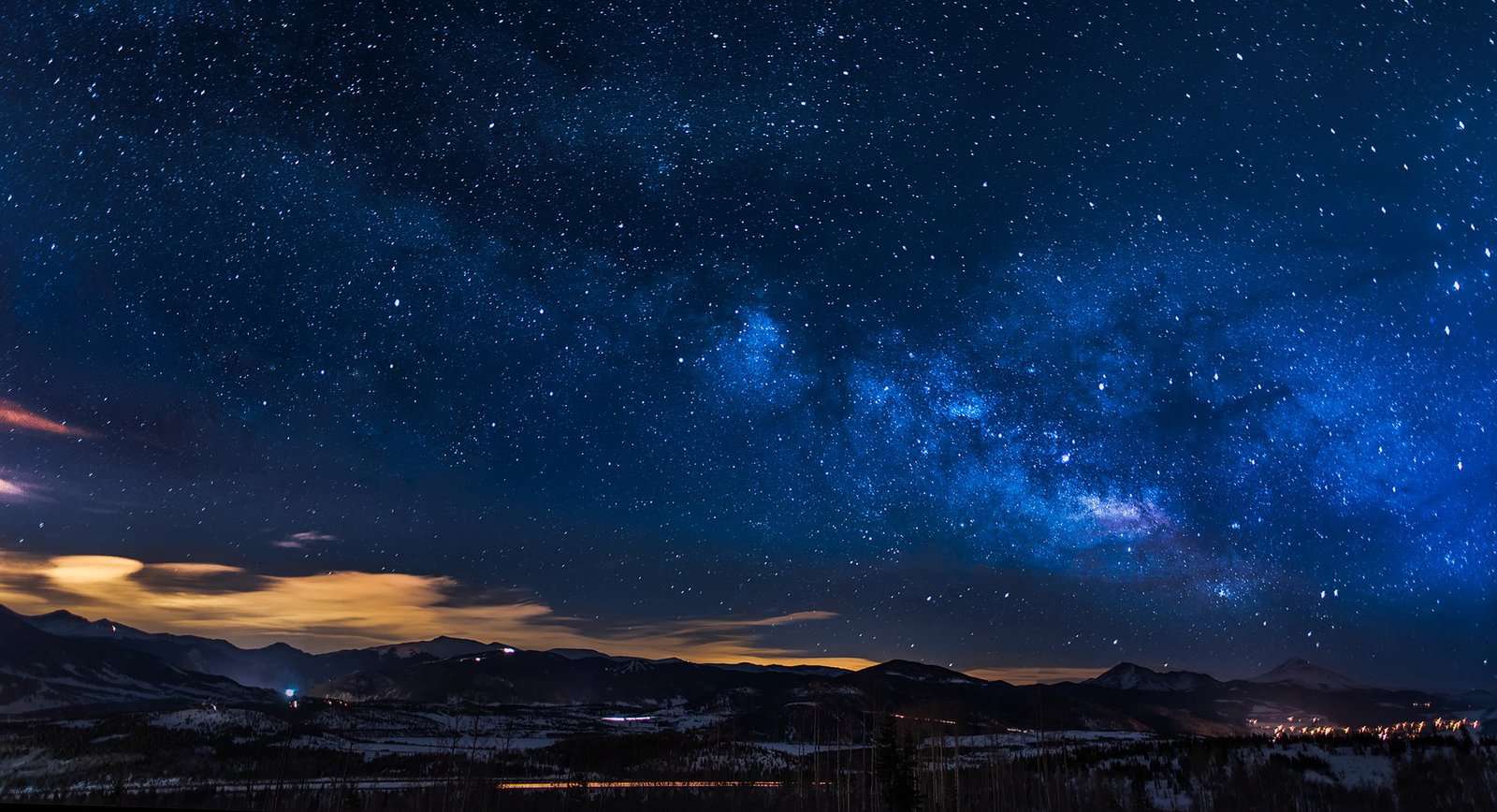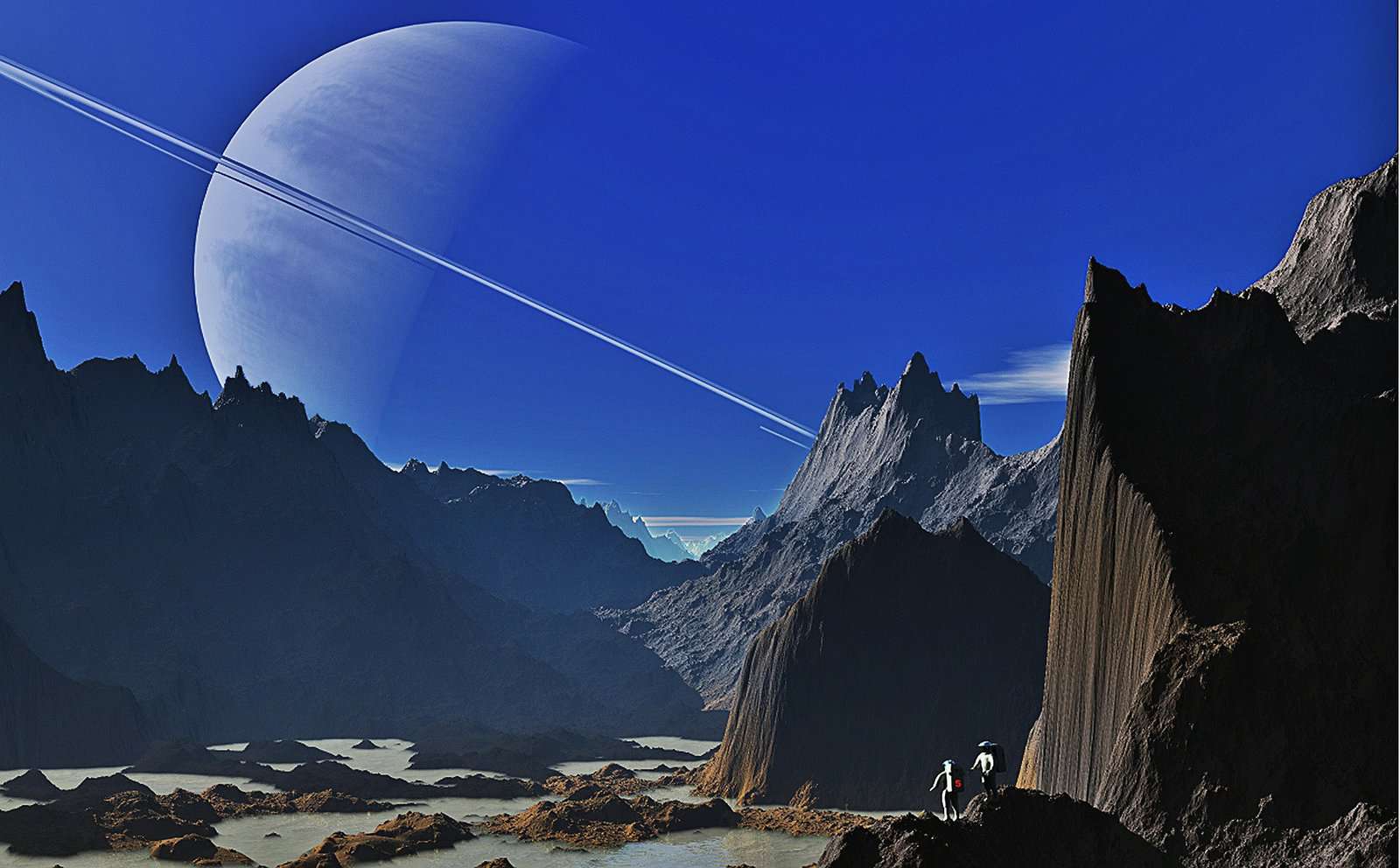
What Makes the Sky Blue? Here are Some Interesting Facts about the Sky
Nature is full of fascinating colours that seem appealing to the eye. The sky is one of nature’s elements that seems to extend so far over the universe for eternity. It changes colours throughout the day depending on the position of the sun or the lack thereof. But, have you ever wondered what makes the sky blue when the bright sun seems to be that yellowish orange colour?
Well, there is a great answer to why the sky changes its colours and what makes it blue in the morning. Some may say that the reason behind the blue sky is the reflection of the colour of the ocean back into the sky. But, we’re telling you, they couldn’t be more wrong. In fact, the sky is blue in every place even above the desert or in the middle of the city where there are no oceans.
This is true the other way around. This means that the water of the ocean is not actually blue, but it is transparent with no colour at all. Yet, the blue colour of the sky reflects over the ocean, making it appear blue as well. This also explains why the ocean does not maintain its blue colour at night.
Going back to our main subject, the colour of the sky, here are some interesting facts that you will enjoy learning about the sky and why it is blue.

Why is the Sky Blue?
Every morning, we look up to the sky and admire its raw beauty and appreciate the fluffy clouds floating around. You keep thinking what could that thing that makes the sky blue be! Well, the short answer is because of how the sunlight interacts with the outer atmosphere. Let’s take things a little slower here and start with the meaning of an atmosphere.
The atmosphere is a layer of gas that goes around our planet Earth, making all kinds of creatures able to survive by giving us, and them, oxygen. It also keeps us warm by protecting the Earth from dangerous light rays. This atmosphere is sort of a transparent blanket that keeps human beings, animals, and plants safe.
The sunlight is actually made up of the seven colours that are found in the rainbow spectrum. When this sunlight hits the atmosphere, gases and other small particles start carrying the light rays, spreading them all around the air. These colours have waves that make them appear more clearly, the smaller and shorter, the more the light appears. In that sense, we get that the blue light has shorter and smaller waves than all the other colours and that is why we see the sky blue.
Sky Changes Colour Throughout the Day
Obviously, the blue sky doesn’t seem to stay around all day long. You notice the colour starts changing at different times throughout the day. We have already learned that the interaction of the sun with the outer atmosphere is what makes the sky blue in the morning. But, what are the other factors that determine the colour change all the way through the night?
Well, the colour of the sky changes according to the position of the sun from the Earth. In simpler words, there are all seven colours of the rainbow beaming around us. The blue colour scatters the most when the sun is still up in the morning.
When the sun starts to settle down, the light of the sun reaches the Earth at a sharp angle. At this point, the red colour is the one to be scattered the most while the blue colour starts stirring away from Earth. You can also start seeing shades of red, orange, and pink until it completely comes down.
When the sun goes away, no sunlight goes through our atmosphere, so the only colour we get to see at that time is black. It gets dark on our planet when the sunlight is no longer invading our outer layer of gases.

Fun Experiment to Demonstrate the Colour Changing of the Sky
You can easily do a little experiment to see how the interaction between the sunlight and the atmosphere. Besides, all the needed supplies are simple and ones that we all have in our households. You are going to need a glass container or a cup, water, full-fat milk, and a flashlight inside a dark room.
Fill your glass container with water but make sure to leave a little room at the top for adding the milk. Now pour some milk over the water and mix them together. The ratio between the milk and the water can be alternated, so feel free to keep playing and experimenting and see the difference.
Take your full glass container into a dark room and use the flashlight over it. If you hold the flashlight close to the glass, you will notice a blue hue. This explains that the sky turns blue when the sun is the closest to the Earth, for the blue colour doesn’t travel for long distances. Now, try taking your flashlight a little further from your glass and notice the colour difference. You will realise that the colour starts turning into an orange or red shade.
The Colour of the Sky on Other Planets
Given the results of that little experiment, it is now easier to guess that the sky doesn’t have the same colours on all of the planets. The position of the sun is what determines the colour of the sky on every planet, especially that each planet has atmospheres different than ours on Earth, which affect the colour of the sunlight interacting with it.

Mercury
Starting with the closest planet to the sun, Mercury. Although the sun is much closer to Mercury than it is to Earth, the sky on Mercury is always black. That is because Mercury has no atmosphere, so there are no gases or small particles to scatter the light over the planet.
Venus
Venus comes second after Mercury in terms of closeness to the sun. It receives much more sunlight than our planet does, given its shorter distance. However, Venus has a very thick atmosphere, blocking 80% of the sunlight and only 20% gets to the surface. This percentage makes the sky orange on Venus.
Earth
Just like we have been explaining, the sky on Earth changes colour throughout the day, being bright blue in the morning and utterly dark black throughout the night. The position of the sun changes the shade we see in the sky, given the interaction of the sunlight with the atmosphere.
When the sun is at its peak and up in the sky, the blue colour is emitted as the distance is shorter, and blue has short wavelengths. As the sun starts going the down and being positioned on Earth with an angle, the colour starts changing into the shades of red and yellow, reaching the pink colour before it goes totally dark.
Mars
Mars happens to have close properties to those of the Earth. The colour of the sky on Mars appears bright red during the day while it goes blue when the sun starts to go down. It is just the opposite of what happens on Earth because the atmosphere contains thick layer of dust particles. Those particles absorb the blue light that emits through the day, and makes the sky appears more of a bright red.
Jupiter
Jupiter comes fifth in the order of the planets in accordance to the sun. The interaction of the sunlight with its atmosphere makes the sky blue, just like Earth. However, since Jupiter sits a little further from the sun, the blue light appears dimmer than that on Earth. Through the night, the sky has a light tan colour that seems to be a little yellow.
Saturn
The atmosphere around Saturn has the same properties, particles, and gases of that of the Earth. For that reason, it is quite easy to guess that the sky on Saturn scatters blue light during the morning.
Uranus and Neptune
Uranus and Neptune happen to be icy planets and the largest as well. The atmospheres on these both planets are, like Earth, blue in colour. However, they both have shades of blue, given the different quantities of methane gas presented. Thus, that makes the sky on both of them appear blue mixed with a little hue of green.
Pluto
The outer atmosphere of Pluto is very thin, but it still scatters light. Like most of the planets, the colour of the sky is blue. However, Pluto lies a little far from the sun, so the bluish shade of the sky appears a little hazy, given the interaction of the sunlights travelling from afar with the thin atmosphere.


Leave a Reply